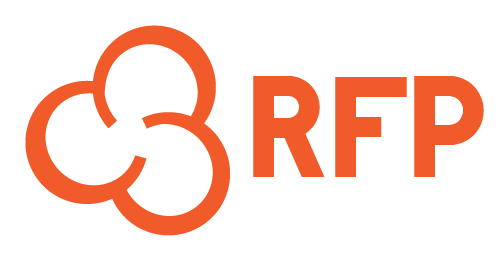In our ongoing series exploring 12 key procurement challenges, we’ve previously discussed the issues of inefficient processes and lack of transparency and collaboration. In this post, we will delve into the third challenge: collecting and understanding requirements. Effectively gathering and prioritizing requirements is crucial for successful procurement outcomes. We will explore the difficulties associated with this task and how modern procurement solutions can help streamline the process and lead to better results.
The Problem: Collecting and Understanding Requirements
Procurement teams often face challenges when it comes to collecting and understanding requirements, leading to the following issues:
- Inconsistent format: Gathering requirements from various stakeholders in a consistent format can be difficult, making it challenging to compare and analyze them.
- Complex decision-making: Procurement teams may struggle to determine which requirements are most important and which trade-offs are acceptable, complicating the decision-making process.
- Missed opportunities: Incomplete or unclear requirements can result in missed opportunities or suboptimal procurement outcomes, negatively impacting the organization’s bottom line.
The Solution: Leveraging Procurement Software and Best Practices
Modern procurement solutions and best practices can help organizations overcome the challenges associated with collecting and understanding requirements. Here are some key strategies:
- Standardize requirement collection: Implement procurement software with built-in templates and question libraries, making it easier to collect requirements in a consistent format from all stakeholders.
- Prioritize requirements: Develop a clear and consistent process for prioritizing requirements and deciding on trade-offs. This can involve assigning weights to different criteria or using scoring systems to rank requirements.
- Engage stakeholders: Collaborate with stakeholders throughout the procurement process to ensure their input is considered, and their requirements are accurately captured. This can include regular meetings, workshops, or using a centralized platform to facilitate communication.
- Conduct market research: Investigate the market and engage with suppliers to gain a better understanding of what is available and feasible. This information can help procurement teams refine their requirements and make more informed decisions.
Expected Results
Organizations we’ve worked with to implement a modern procurement software solution as well as the right processes and best practices see meaningful results.
After adopting the procurement software, organizations can expect to see significant improvements in their requirement collection and prioritization processes:
- The software’s built-in templates and question libraries enabled the procurement team to gather requirements in a consistent format, reducing confusion and streamlining the decision-making process.
- The implementation of a clear prioritization process, including assigning weights to different criteria, helped the team make more informed decisions and better evaluate trade-offs.
- Enhanced collaboration with stakeholders ensured accurate requirement collection, leading to more successful procurement outcomes.
- Market research and supplier engagement enabled the procurement team to refine their requirements and make better decisions, resulting in a 15% improvement in procurement success rate.
Conclusion
Collecting and understanding requirements is a critical aspect of the procurement process, and overcoming the associated challenges is essential for achieving successful outcomes. By leveraging modern procurement software and best practices, organizations can streamline requirement collection, prioritize effectively, and engage with stakeholders to ensure accurate and complete requirements. In turn, this leads to better decision-making and more successful procurement outcomes.
Stay tuned for our next blog post, where we will discuss the fourth procurement challenge and how to address it. By understanding and addressing these challenges, your organization can create a more effective and strategic procurement function that delivers lasting value.
We’d like to hear from you what you’ve done to overcome this challenge, or, if you’re still struggling with it, you can book a free consultation with our procurement experts to develop or refine your strategy.








